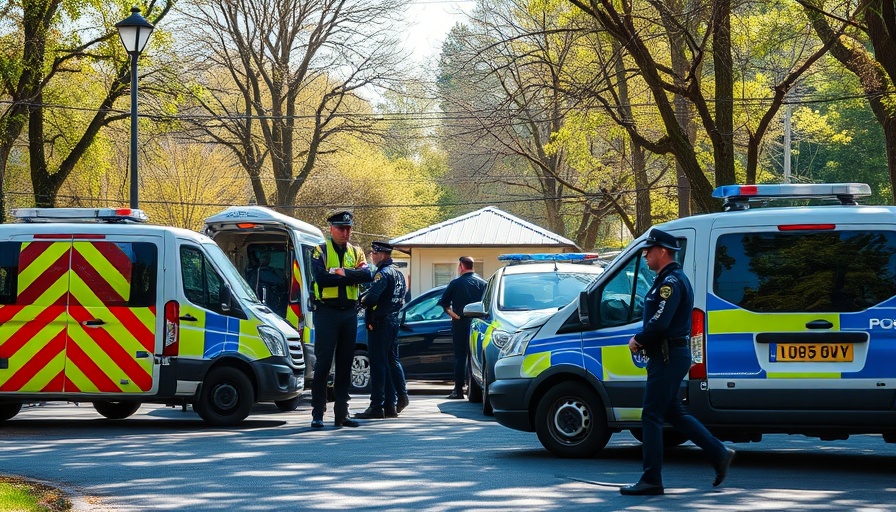
Tragic Shooting in Idaho: A Dark Day for Firefighting
The community of Coeur d’Alene, Idaho, is mourning after a horrific sniper ambush resulted in the deaths of two firefighters. While bravely responding to a wildfire in the rugged mountain terrain of Canfield Mountain on a typically warm Sunday afternoon, the firefighters found themselves under gunfire, illustrating the unpredictable and often dangerous nature of their work. The local authorities are still piecing together the details surrounding this shocking event, with a suspect identified but much still unknown.
Firefighters Under Fire: The Perils of the Job
The recent ambush highlights an often overshadowed aspect of firefighting: the intense risks that come with protecting communities from both fire and, as we've seen, hostile acts. Firefighters are typically viewed as heroes, working tirelessly to save lives and control blazes, but their vulnerability in situations like these raises questions about safety protocols and the need for enhanced protective measures during emergency responses.
A Pervasive Fear: Wildfires and Intentional Threats
Eyewitness accounts from emergency communications reveal chilling details as firefighters urgently sought help, believing they were targeted in what might have been an orchestrated attack. "There’s a fire, and we need assistance," one dispatcher reportedly relayed, underscoring a frightening realization that not all firefighters face fire alone; they may also encounter threats from individuals with malicious intent. This incident exemplifies how wildfires can serve as a bait to lure first responders, creating a through-line from natural disasters to modern dangers.
Seeking Justice: The Scope of the Investigation
As investigations continue, the authorities are exploring the possibility of multiple shooters, though they later sought to clarify whether there was just one perpetrator involved. Concerns about the individual’s motivations are paramount. This attack has reignited discussions about the safety of first responders, who often work in environments perilously close to insider threats, especially when the actions of those they aim to protect become hostile.
Community Support and Solidarity
In the aftermath, support for the grieving families and affected fire departments has poured in from across the nation, emphasizing community solidarity in the face of loss. Firefighting agencies are banding together, offering counseling services and support as they process both the tragedy and the emotional toll it has taken on their personnel. This incident will undoubtedly lead to broader discussions about community safety, resource allocation, and the mental health of first responders who face not only physical threats but also psychological burdens.
Future Implications for Firefighter Safety
One of the key takeaways from this tragedy is the urgent need for reassessment of safety protocols that ensure firefighters are adequately protected while responding to emergencies. As people debate the future of emergency response laws in light of such violence, it is imperative to invest in enhanced training, tactical safety measures, and survivor support. Fire departments must not only prepare their members for fires and medical emergencies but also instill a readiness for unexpected threats they could face from residents, even in times of crisis.
Reflections on a Somber Reminder
This bloody incident is a reminder that the lives of those who risk theirs to save others are often precarious. The oath taken by firefighters, to protect and serve, becomes profoundly more dangerous in the wake of such attacks—challenging not only their physical safety but also their emotional resilience. As investigations proceed, the nation watches in solidarity, hoping for justice and resolution while holding dearly onto the stories of those who have made the ultimate sacrifice.
Call to Action: Connect and Advocate
The fire service community stands at a crossroads, grappling with the realities of their profession amidst rising hostility. Join us in supporting initiatives aimed at improving firefighter safety and mental health resources by advocating for measures within local fire departments. Together, we can advocate for changes that prioritize the well-being of our first responders.
 Add Row
Add Row  Add
Add 




 Add Row
Add Row  Add
Add 

Write A Comment